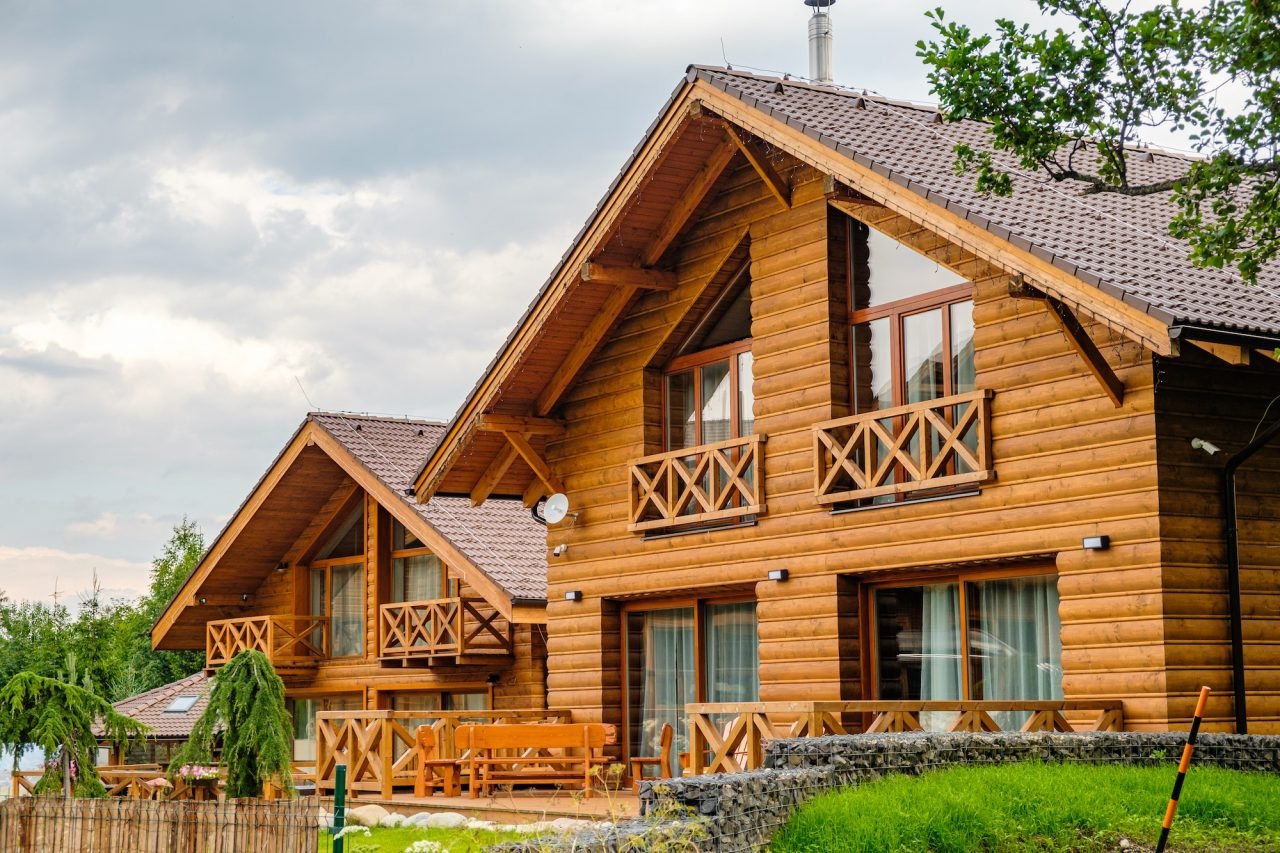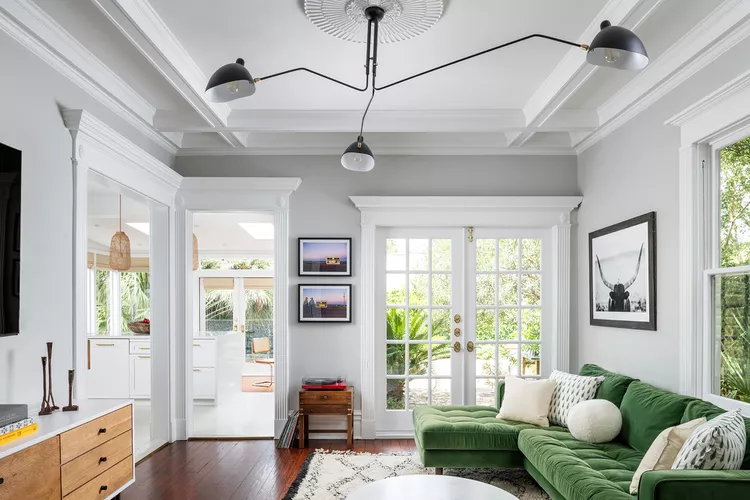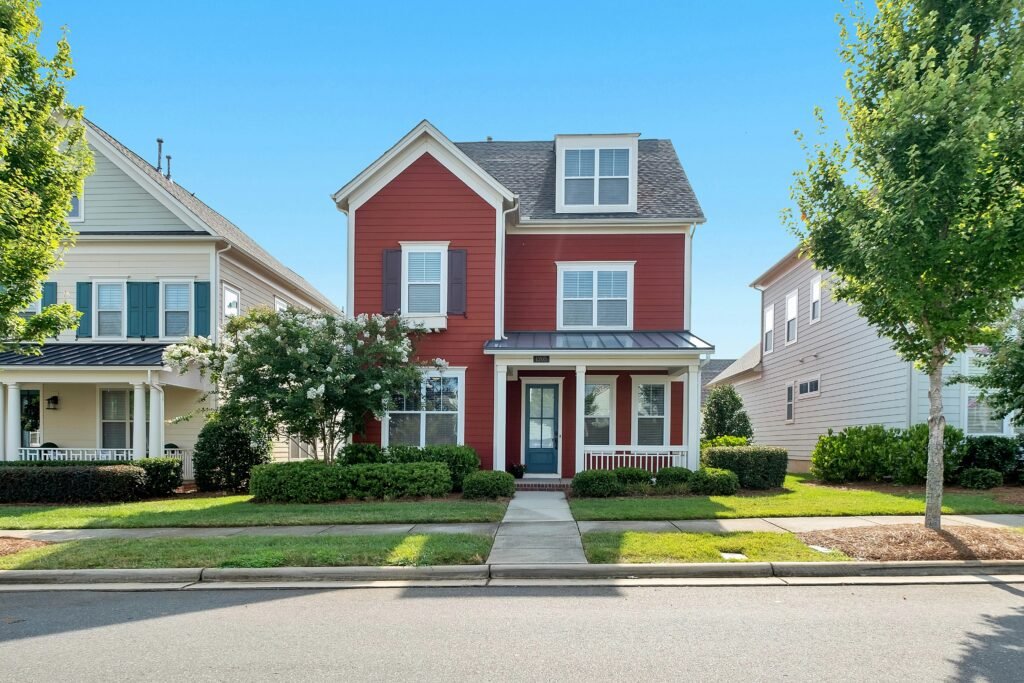For many homebuyers, the allure of a historic property lies in the opportunity to own a piece of the past and preserve a unique architectural legacy. Whether you’re a first-time homeowner or an experienced real estate investor, the prospect of restoring and maintaining a historic home can be both exhilarating and daunting. In this comprehensive article, we’ll explore the joys and challenges of owning and restoring a historic home, equipping you with the knowledge and insights to make an informed decision.
The Charm and Character of Historic Homes
Historic homes are more than just structures – they are living, breathing testaments to the architectural styles and craftsmanship of bygone eras. From the ornate Victorian mansions of the late 19th century to the stately Colonials of the 18th century, these properties often boast unique features and details that simply cannot be replicated in modern construction.
Owning a historic home allows you to immerse yourself in the rich history and cultural heritage of a particular region or community. The character and charm of these properties can evoke a sense of timelessness and nostalgia, providing a tangible connection to the past that can be deeply rewarding for homeowners.
Navigating the Restoration Process
While the allure of a historic home is undeniable, the restoration process can be a complex and labor-intensive undertaking. Historic homes often require specialized care and attention to preserve their original architectural integrity and comply with local preservation guidelines.
The restoration process may involve:
- Identifying and addressing structural issues, such as foundation problems or outdated electrical and plumbing systems
- Carefully restoring or replicating original architectural features, like intricate moldings, stained-glass windows, or ornate fireplaces
- Sourcing authentic, period-appropriate materials and finishes to maintain the home’s historical aesthetic
- Navigating the regulatory landscape, including obtaining necessary permits and adhering to local historic preservation codes
To ensure a successful restoration, it’s crucial to work with experienced professionals, such as historic preservation architects, contractors, and tradespeople who specialize in historic home renovations.
Financial Considerations
Owning and restoring a historic home can be a significant financial investment, with costs that often exceed those of a modern property. Prospective homeowners must carefully evaluate the financial implications, from the initial purchase price to the ongoing maintenance and restoration expenses.
Some key financial factors to consider include:
- The potential premium associated with historic homes in desirable neighborhoods
- The cost of necessary repairs and renovations, which can quickly add up
- The availability of specialized financing options, such as historic preservation loans or tax credits
- The potential impact on homeowner’s insurance premiums and property taxes
It’s essential to work closely with a real estate agent, financial advisor, and other professionals to develop a comprehensive budget and financing strategy that aligns with your long-term goals and risk tolerance.
Embracing the Unique Challenges
Owning a historic home requires a unique mindset and a willingness to embrace the challenges that come with preserving the past. These properties often require more hands-on maintenance and attention than their modern counterparts, and homeowners must be prepared to navigate a complex regulatory landscape.
Some of the unique challenges of historic homeownership include:
- Adhering to local historic preservation guidelines and obtaining necessary approvals for renovations
- Dealing with outdated systems and materials that may require specialized expertise and custom solutions
- Balancing the preservation of historical integrity with the need for modern amenities and functionality
- Addressing the potential for unexpected issues, such as hidden structural problems or the discovery of hazardous materials
By approaching these challenges with patience, creativity, and a deep appreciation for the home’s history, homeowners can transform their historic property into a cherished and well-preserved asset.
The Rewards of Historic Home Ownership
Despite the unique challenges, owning a historic home can be a deeply rewarding experience. Beyond the tangible benefits of preserving a piece of history, homeowners often find a sense of pride and connection to their community that comes with being the caretaker of a significant architectural treasure.
The rewards of historic home ownership can include:
- The opportunity to contribute to the preservation of a community’s cultural heritage
- The personal satisfaction of restoring and maintaining a property with unique character and charm
- The potential for increased property value and the ability to pass on a valuable asset to future generations
- The chance to immerse oneself in the rich history and stories associated with the home and its previous occupants
By embracing the unique responsibilities and joys of historic home ownership, homebuyers can become active stewards of the past, ensuring that these architectural gems continue to captivate and inspire for generations to come.
Owning a historic home is not for the faint of heart, but for those willing to take on the challenge, the rewards can be truly remarkable. By understanding the complexities of restoration, the financial considerations, and the unique challenges, prospective homebuyers can make an informed decision and embark on the journey of preserving a piece of the past for the future.







One Response
Very interesting subject, thank you for putting up.Expand blog